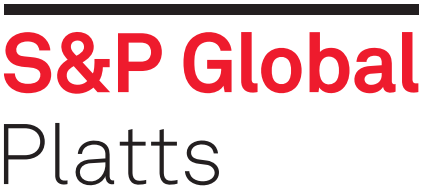
European Steel Association Eurofer Wednesday called for measures to urgently address the high carbon costs faced by European steel mills.
A comprehensive policy framework and specific proposals for a package of measures are needed to address this problem, Eurofer representatives said during the association’s annual European Steel Day in Brussels.
According to Eurofer, one reason why the problem of surging steel imports needs to be urgently addressed is because imports into the EU market come largely from countries that are not intending to reduce their carbon dioxide emissions to the same extent the EU is committed to do.
“At the same time, EU producers face ‘carbon dioxide emissions-related cost burdens’ that are large and growing. Carbon prices – the cost of EU ETS allowances – have risen from single figures at the beginning of 2018 to the mid-twenties now. This has become a significant cost factor, along with other environmental regulations, that negatively impacts the competitiveness of the European sector at an unfair level,” Heinz Jörg Fuhrmann, CEO of steelmaker Salzgitter AG, said at the event.
During the upcoming fourth ETS trading period between 2021 and 2030, the EU steel industry faces a total certificate under-allocation of 25% or more, which will not be compensated for by customers due to global competition and an extremely uneven playing field, Fuhrmann stressed.
The EU aims to decarbonize the economy by 2050, but according to Eurofer representatives this is not a decarbonization at all. “If it carries on like this, yes, Europe will surely decarbonize, but only by importing its products from third countries and thus exporting its CO2 to elsewhere,” the representatives said.
The European steel industry has developed a wide range of technological solutions that could lead to CO2 emissions reductions of more than 80% by 2050. However, such breakthrough transformations will be very expensive and a package of measures needs to be developed in a comprehensive framework, the Eurofer representatives said.
As a pre-condition for low-carbon steelmaking technologies to be deployed, the EU needs to map out the necessary energy supply and infrastructure needs for energy-intensive industries. Such mapping must assess hydrogen, high voltage electricity and CO2 pipeline energy sources, as well as others factors.
— Annalisa Villa




